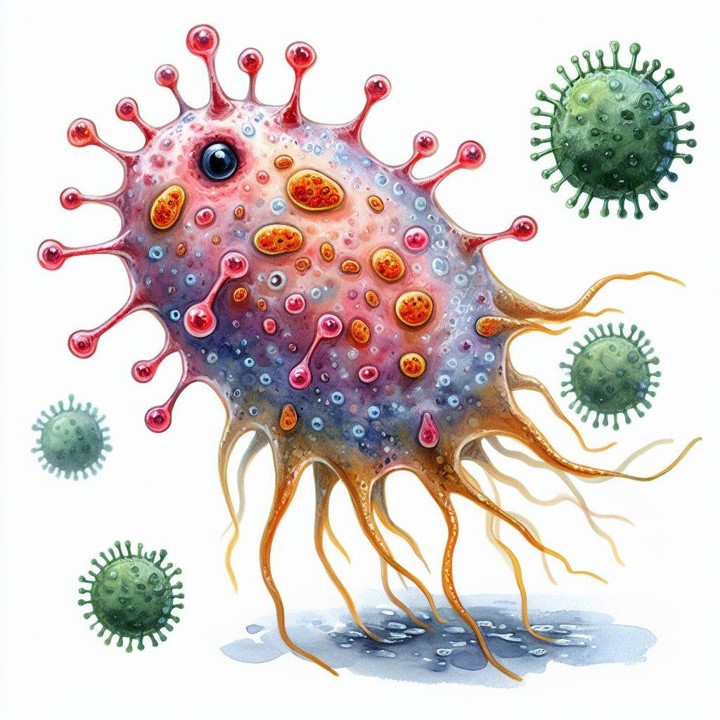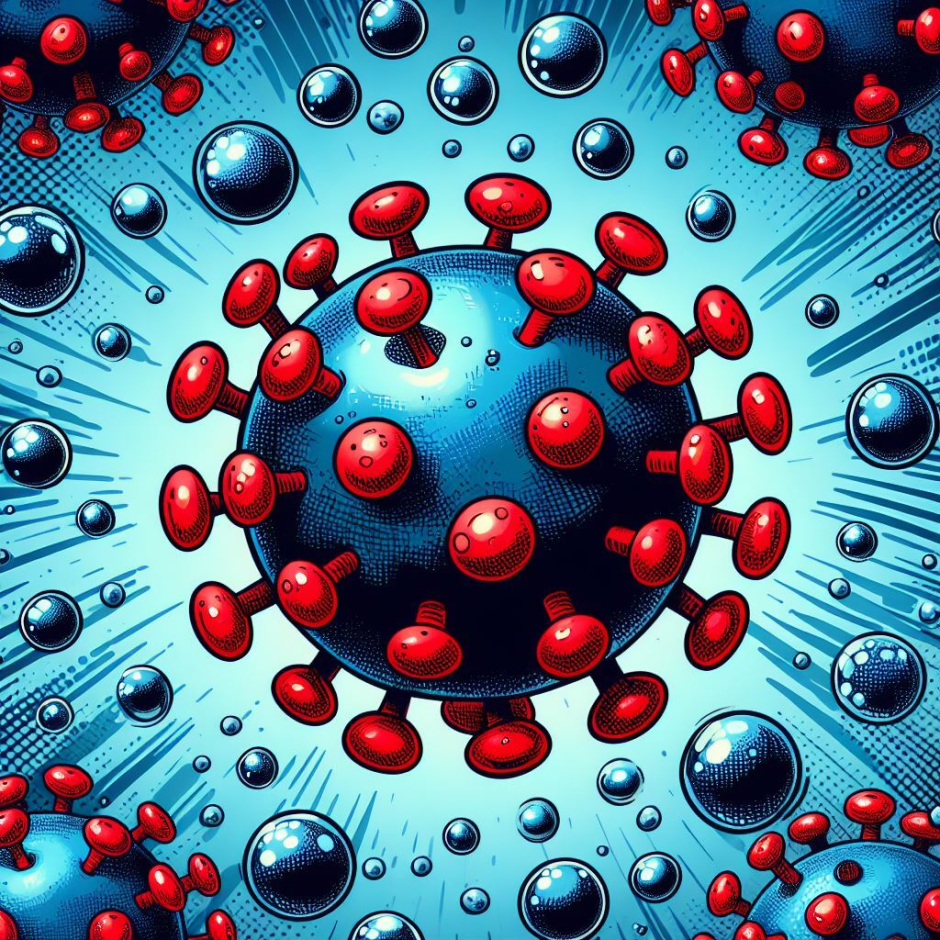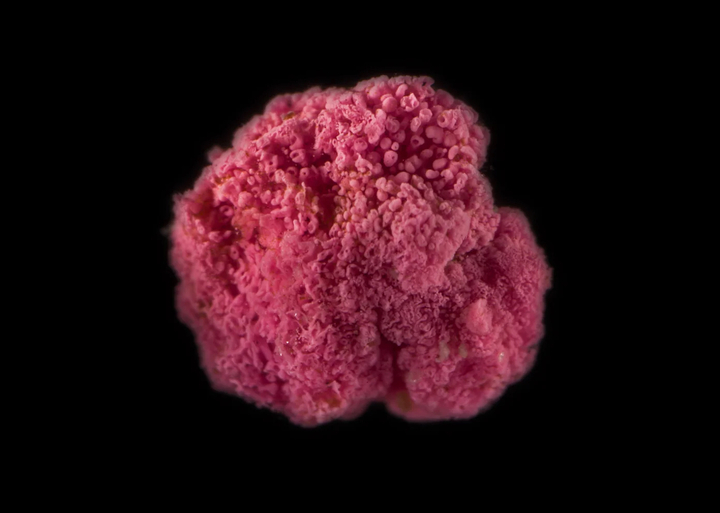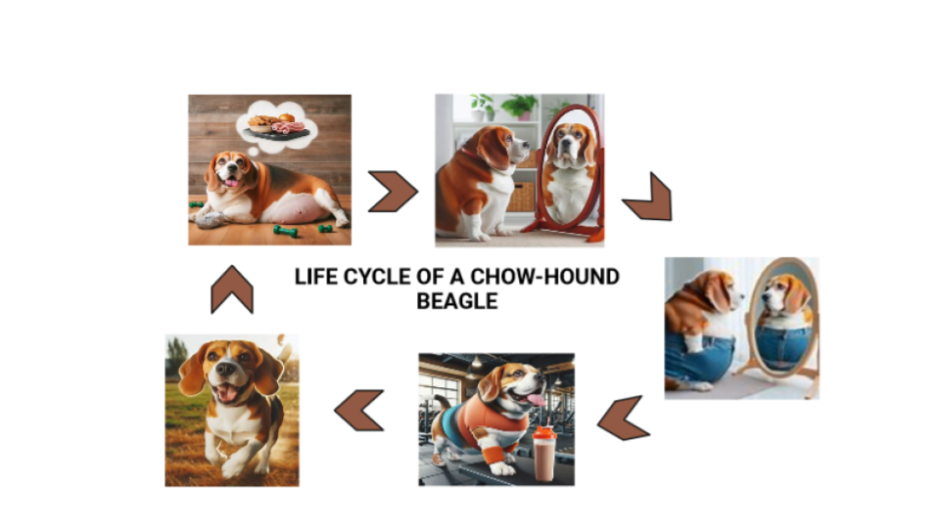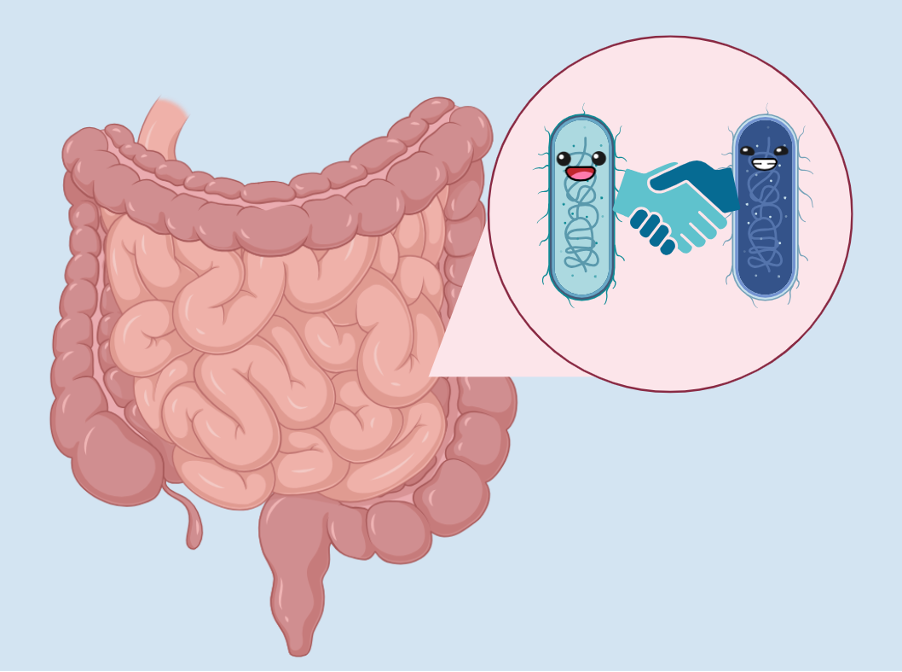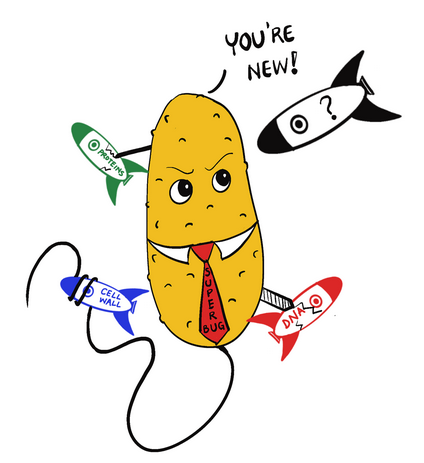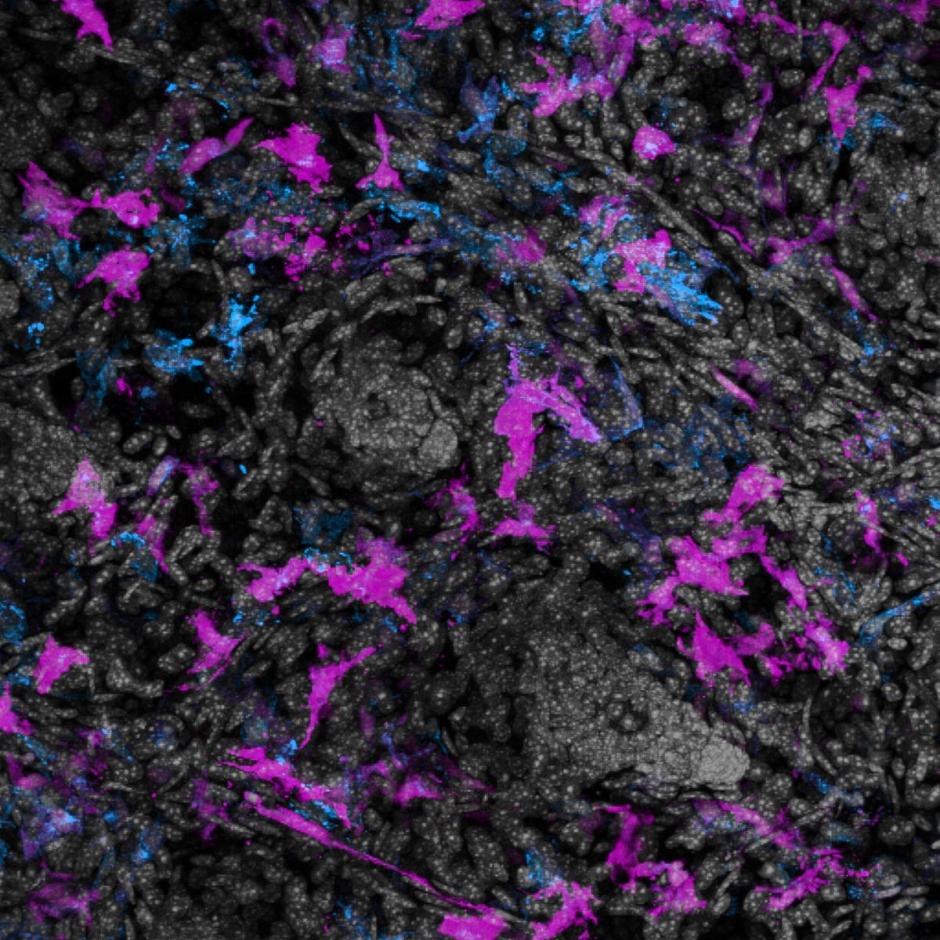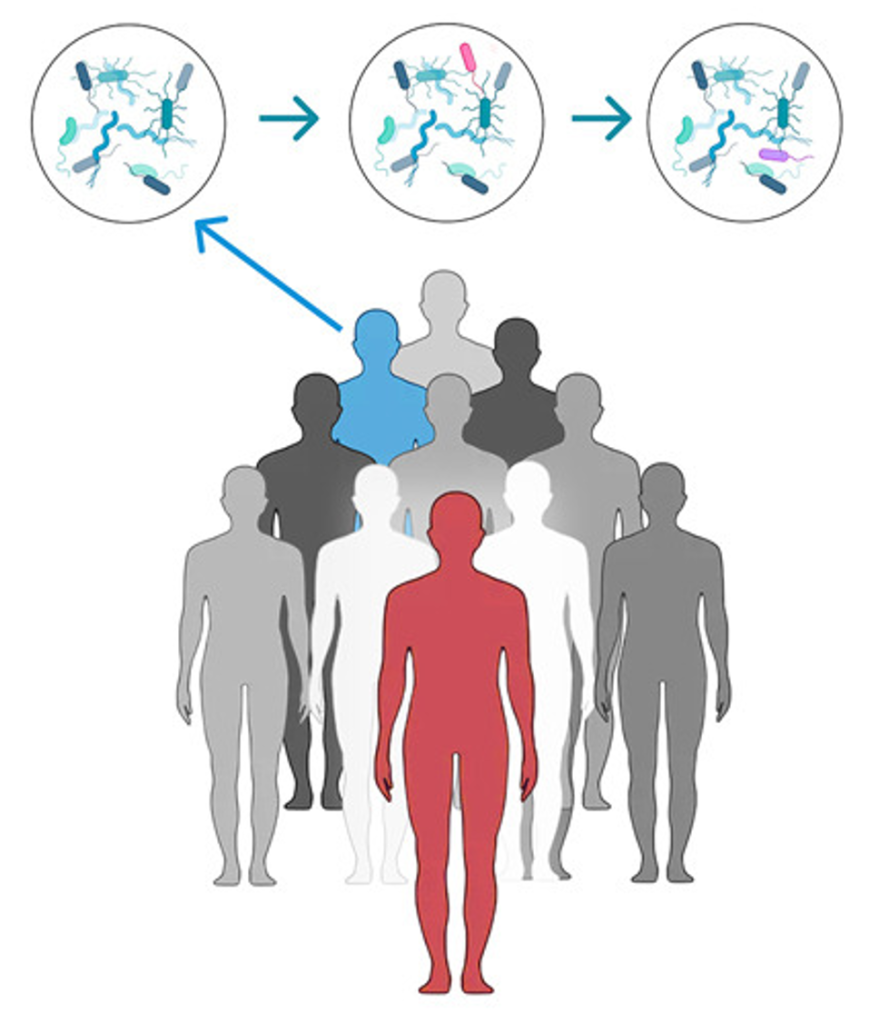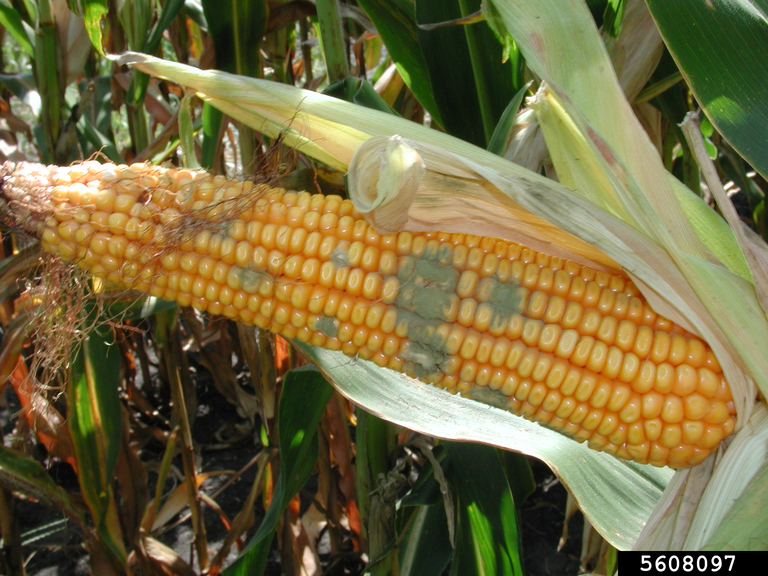
Breaking down the microbiology world one bite at a time
This giant virus can infect a deadly human parasite
Naegleria fowleri, often dubbed the “brain-eating amoeba,” is a single-celled organism infamous for its deadly effects on humans. Thriving in warm freshwater environments worldwide, particularly in regionsabove 30°C, this microscopic parasite poses a rare but severe risk to human health. Upon entering the body through the nose, typically during recreational water activities, N. fowleri can cause primary amoebic meningoencephalitis (PAM), a devastating brain infection with an alarmingly high fatality rate.
Researchers from the University of Vienna’s Center for Microbiology and Environmental Systems Science (CeMESS), have discovered a virus that targets this harmful microbe:Dubbed Naegleriavirus (NiV for short), it belongs to the group of giant viruses.
Initially believed to be limited to sizes smaller than 200 nm (500 times smaller than the width of a human hair), the groundbreaking identification of Acanthamoeba polyphaga mimivirus (Mimivirus in short) in 1992 shattered this assumption, revealing a world of giant viruses similar in size and complexity to bacteria. If you would like to read more about this giant virus, please read this article.
The newly discovered Naegleriavirus, with the scientific name Catovirus naegleriensis, was isolated from a wastewater treatment plant in Klosterneuburg, Austria. It cannot live on its own and needs a host. So to culture NiV, the researchers grew it jointly with N. clarki, a non-harmful cousin of the brain-eating N. fowleri.
NiV has special features that help it thrive in its Naegleria host, sharing certain genes: 3% of the genes in NiV are similar to the amoeba host. The virus also produces similar proteins involved in various essential functions like copying its genetic material, making new proteins, and sending signals within the cell. As the researchers discovered, NiV spreads easily and can infect many different types of Naegleria. It prefers warmer temperatures between 20 to 30°C to grow and multiply, which is in the range of the amoebal host.
How does the virus enter the amoeba? Naegleria cells without bacteria were resistant to NiV infection, while those grown with bacteria died after infection. Giant viruses can enter cells differently, such as through eating (phagocytosis) or drinking (pinocytosis). Mimiviruses trick amoeba cells by resembling bacteria, triggering them to eat. Naegleria cells without bacteria might switch to drinking, avoiding NiV entry.
The way NiV reproduces inside its host is similar to other viruses like the giant Mimiviruses. It enters the host cell, and creates special areas for making more virus particles, like little factories. It then releases mature viral particles to infect more cells. See the microscopic pictures below for more details.

The researchers did not only grow NiV together with N. clarki (the unharmful cousin), they tried its effect on many other Naegleria species. And to their satisfaction, the researchers saw that it can kill a wide range of Naegleria’s, including the brain-eating N. fowleri.
N. fowleri thrives in warm, human-affected water systems like pools and rivers near power plants. As global temperatures rise due to the climate crisis, the abundance of N. fowleri in these ecosystems is expected to increase, leading to more infections and cases of the fatal PAM disease.
By studying how the virus interacts with N. fowleri, researchers hope to learn more about the germ and develop stronger ways to stop it. This research not only helps us understand how viruses work but also gives hope for preventing deadly waterborne diseases in the future.
Link to the original post: Arthofer, P., Panhölzl, F., Delafont, V. et al. A giant virus infecting the amoeboflagellate Naegleria. Nat Commun 15, 3307 (2024).
Featured image: Bing image creator
